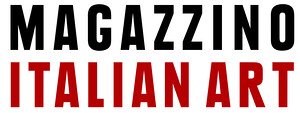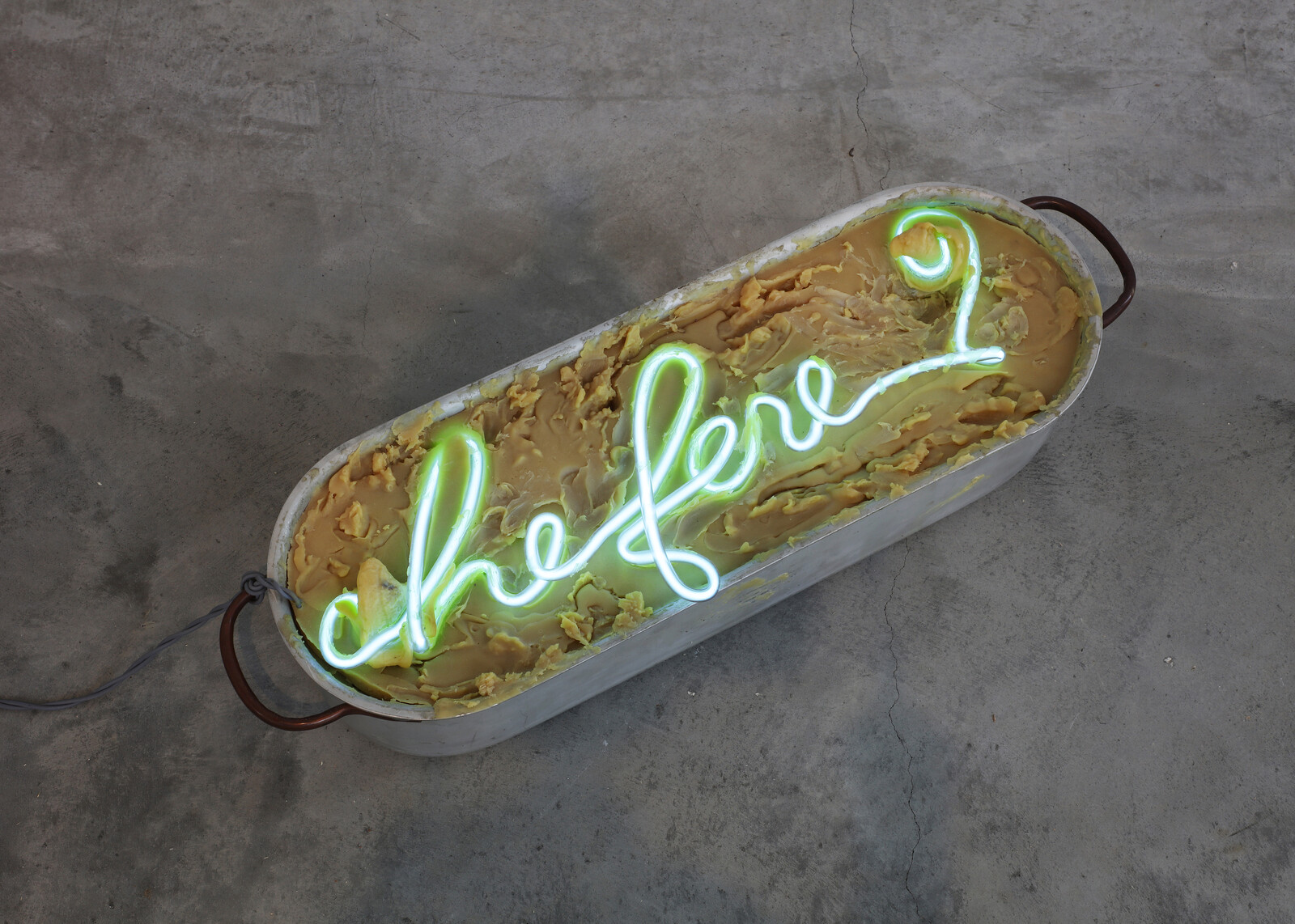May 18–June 15, 2019
2700 U.S. 9
Cold Spring, New York 10516
United States
Hours: Saturday–Sunday 11am–5pm
T +1 845 666 7202
info@magazzino.art
As part of its spring and summer season, Magazzino Italian Art Foundation will present Reconsidering Arte Povera, a four-part lecture series exploring new insights into Arte Povera. The series embodies Magazzino’s enduring commitment to creating new opportunities for scholarly research and critical assessment of Italian Postwar and Contemporary Art.
Organized by Scholar-in-Residence Francesco Guzzetti, the series convenes leading scholars and curators in the field to explore the work of the Arte Povera artists, its critical reception, and relevance to contemporary art—both in Italy and the United States. Launching the program, Guzzetti will present a lecture on his findings over the course of his year spent researching Arte Povera works at Magazzino and in the new Research Center.
Each lecture will last approximately 45 minutes and be followed by a Q&A session. Tickets can be reserved free-of-charge on Eventbrite here.
Additional details on each program and lecturer follows below:
“At Borders: Arte Povera on the Edge”
Francesco Guzzetti, Scholar-in-Residence, Magazzino Italian Art Foundation
May 18, 3–5pm
Guzzetti will explore the notion of a border as a cultural and visual issue and essential concept in defining Arte Povera. The lecture will parse the works of the Arte Povera artists between the late 1960s and the 1970s, as well as focus on how the border was internalized in the practice of each artist at that time. Shifting between various meanings, the idea of a “border” is critical to establishing a comparison between the work of Conceptual artists at the turn of the 1960s.
“Leaves of Grass, Clay, and Bronze: Giuseppe Penone and Walt Whitman”
Emily Braun, Distinguished Professor at Hunter College and the Graduate Center, CUNY
June 1, 3–5pm
Penone is known for works inspired, and made, by the reciprocal actions of man and nature—in ways that critique millennia-long traditions of anthropocentrism in sculpture. With an eco-critical perspective, Braun explores parallels between Penone’s art and writings and the poetry of Whitman, specifically his Leaves of Grass (1855).
“Giovanni Anselmo: 1965 to the Present”
Anne Rorimer, independent scholar and curator
June 8, 3–5pm
Rorimer’s lecture will focus on the work of Giovanni Anselmo and will present an overview of his career, beginning in 1965. The talk will be divided into four parts to address: the artist’s early sculptures from the late 1960s pertaining to gravity; his works from the end of the 1960s/early 1970s that are predicated on language or photography; his installations using the projected word “particolare,” begun in 1972; and, finally, installation works after 1978, which included his blue “Oltremare” rectangles. Relevant points of contact between Anselmo and others of his generation who are associated with Post-Minimal and Conceptual Art will also be considered.
“Recasting the Past: Amalfi ’68 and the Spaces between Exhibition and History”
Erica F. Battle, John Alchin and Hal Marryatt Associate Curator of Contemporary Art, Philadelphia Museum of Art
June 15, 3–5pm
Using the recent exhibition Arte Povera: Homage to Amalfi ’68 at the Philadelphia Museum of Art as a point of departure and case study, this lecture delves into the spaces between past events and the objects they leave behind for examination in the present. In the example of Amalfi ’68—a three-day event consisting of an exhibition, actions, and an assembly of minds—accounts abound that give credence to the energy, excitement, and extraordinary radicality pervaded the seaside town. The catalogue published by Rumma Editore after these three effervescent days speaks to the intensity of the gathering of artists, critics, and the public while also underscoring the volatility and vacillation of ideas discussed and debated that would define the future and fugitive tenets of Arte Povera in real time. Revisiting these events from 50 years ago, this lecture contends with the written accounts, archival images, and the objects as they can be re-presented today to share them anew with audiences in the 21st century.


